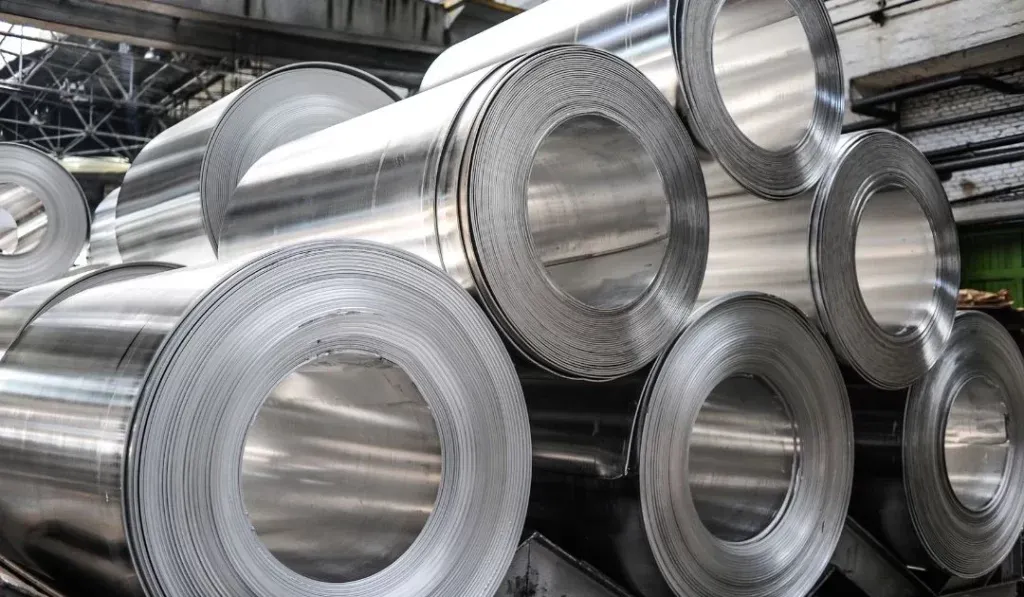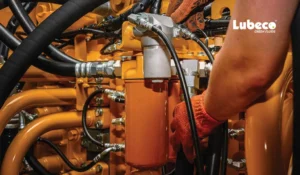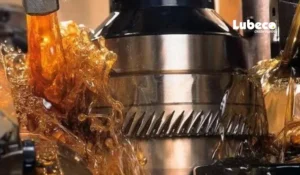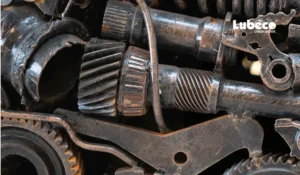Aluminium rolling is a metal-forming process in which aluminium ingots or billets are passed through a series of rollers to reduce the thickness and increase the length of the metal. This process is used to produce aluminium sheets, plates, and foils with a desired thickness and dimensional precision.
It is implied in the production of a wide range of aluminium products for various industries, including transportation, construction, packaging, and electronics. The aluminium rolling process can be either hot rolling or cold rolling, depending on the temperature of the metal being rolled and the desired end product.
Hot Rolling
Hot rolling is a metal-forming process in which metal ingots or billets are heated at a high temperature, typically above the recrystallization temperature, and then passed through a series of rollers to reduce the thickness and increase the length of the metal.
Although the temperature keeps varying according to the type of metal being processed, however, usually it lies somewhere between 1,000-1,100 degrees Fahrenheit (538-593 degrees Celsius) for aluminium. The extreme heat softens the metal and makes it easier to deform and shape into the intended product. After the heating process, the metal is placed on two large steel rolls, which press down and flatten the material to desired thickness. This brings about a thinner metal sheet with better strength and uniformity.
Hot rolling is often used to produce large quantities of metal products like sheets, plates, and structural components, for various industries, including construction, transportation, and machinery manufacturing. The high temperatures involved in hot rolling execute improved mechanical properties, like increased strength and ductility. It delivers metal products having a good surface finish and high dimensional accuracy.
Hot rolling comes in several variations like tandem rolling, where multiple rollers are used to reduce the thickness of the metal in multiple passes, and reversing rolling, where the metal is passed through the rollers in alternating directions to achieve a more uniform product.
Cold Rolling
Unlike hot rolling, the metal ingots or billets are passed through a series of rollers at room temperature or below in the cold rolling process. It is performed at a low temperature to maintain the strength and hardness of the metal. Cold rolling is helpful to give out the outcome with a fine surface finish and a tight dimensional tolerance.
Cold rolling follows the same procedure as hot rolling except for the fact that the aluminium is not heated up before placing it on the two large steel rolls. Instead, the material is cooled down at room temperature before getting compressed to the intended thickness.
Cold rolling enables the decrease of thickness and increase of the length of the metal. It is performed at a low temperature to preserve the strength and hardness of the metal and to produce a product with a fine surface finish and tight dimensional tolerance.
Cold rolling is often used to produce high-strength metal products, such as foils, strips, and sheets, in various industries such as electronics, packaging, and aerospace. There are several variations of cold rolling, including tandem rolling, where multiple rollers are used to reduce the thickness of the metal in multiple passes, and reversing rolling, where the metal is passed through the rollers in alternating directions to achieve a more uniform product.
Steps Involved in Aluminium Rolling
The aluminium rolling procedure has three important steps – stock preparation, rolling into desired thickness and finally processing it to get the intended output. Let us understand each task separately and in detail.
- Aluminium Stock Preparation – The process of preparing raw aluminium material for further processing, such as rolling, forging, or extrusion is called stock preparation. Its main objective is to achieve uniform composition, uniform temperature, and stable microstructure in the raw material. However, before preparing the stock, one has to decide between hot rolling and cold rolling, depending on the material properties. If the choice is to not heat the material, the cold rolling will modify the microstructure of the aluminium to become harder and stronger. The metal becomes more brittle. On the other hand, hot rolling will prevent the material from hardening and it remains ductile after the processing as well.
- Rolling – Once the aluminium slabs or billets are ready, they are passed through roller mills with less distance between them. These mills imply the force on aluminium slabs from both the upside and downside. This compression continues until the slab does not reach the intended width and thickness. It can be produced in three different forms – aluminium plates, aluminium sheets, and aluminium foils. Each of these outputs is suitable for different applications.
- Final Processing – When required, you can pass the aluminium through some more processing. In that case, blank cutting and hot forming are two commonly used procedures. The mill will apply mechanical or chemical to the aluminium surface which lasts longer. These types of add-on treatments can change the colour, add texture or improve the corrosion resistance of the material overall.









